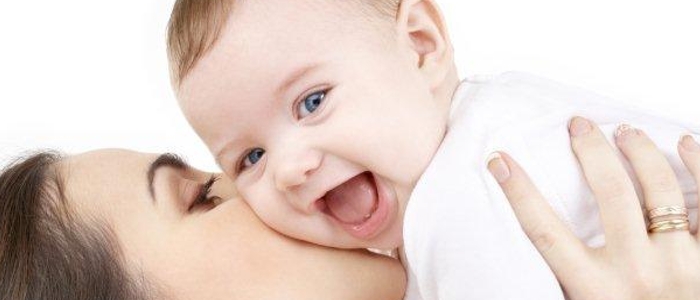
 What is more magical than a mother nursing her child? It is a time when the baby feels nurtured and safe – a time of bonding between the two. Not only from an emotional standpoint, but from a physiological one as well. Anything that would disrupt the bonding time would be very upsetting to a new mother. Enter vaccines.
What is more magical than a mother nursing her child? It is a time when the baby feels nurtured and safe – a time of bonding between the two. Not only from an emotional standpoint, but from a physiological one as well. Anything that would disrupt the bonding time would be very upsetting to a new mother. Enter vaccines.
Grimacing at the site of a needle is not all that uncommon, even for adults. Now imagine a baby getting four to six vaccines at one time. Many of you can imagine the pain a baby would experience.
Even more disturbing to consider is the very real possibility that the combined trauma of vaccinations is disrupting the nursing patterns and bonds of babies with their mother. What is the source of my information?
La Leche League is viewed as the foremost authority on breastfeeding. The Breastfeeding Answer Book, a La Leche League publication, states,
“When a baby undergoes a painful medical procedure, such as a heel stick, injection, spinal tap, or circumcision, he may shut down and be unreceptive to feedings until he is feeling better.” [1] [Emphasis mine]
The Centers for Disease Control’s official vaccination schedule (http://www.cdc.gov/vaccines…) recommends the Vitamin K (not on the schedule) and Hepatitis B vaccines be given on the day of birth. Then, five vaccines are recommended for the baby at two months, five more vaccines at four months, and four to six vaccines at six months – and we’re only getting started.
Let’s pause right here just for a moment. To add insult to injury, the justification and rationale for medically injecting a baby multiple times is by measuring a stress hormone called cortisol – not scientifically observing the mother and child dynamic.
Vaccines, the expert manual for the industry, states:
“Studies of cortisol concentration and behavioral responses of infants to vaccination indicate that responses are similar in infants who receive two injections during one visit and those who receive a single injection, suggesting that a second injection does not increase stress.” [2]
Vaccine reactions are rarely acknowledged, so what’s the real lesson here?
Never mind, for a second, the toxic chemicals (http://www.cdc.gov/vaccines…) or deadly cancer-causing monkey virus (Simian Virus 40) (http://www.cancer.gov/cancertopics/factsheet/Risk/sv40) being injected into the baby. The real lesson to be aware of is the baby is being repeatedly traumatized for the sake of convenience of the pediatrician – not the mother and child. Does this feel right to you?
Think back. Did your child’s breast-feeding patterns change after your baby was vaccinated? Did they get sick a week or two after their vaccines? What about then?
References for article:
- Bonding Matters. . .The Chemistry of Attachment. URL: http://thebabybond.com/BondingMatters.html
- The Breastfeeding Answer Book, Third Revised Edition. La Leche League. 2003. pg. 27
Note: The same text this passage is from, to a degree, advocates vaccinations. - Vaccines, 4th Edition. General Immunization Practices. pg. 103
- Recommended Immunization Schedule for Persons Aged 0 Through 6 Years (2011)
Site accessed 03/16/2011. URL: http://www.cdc.gov/vaccines/recs/schedules/child-schedule.htm#printable
